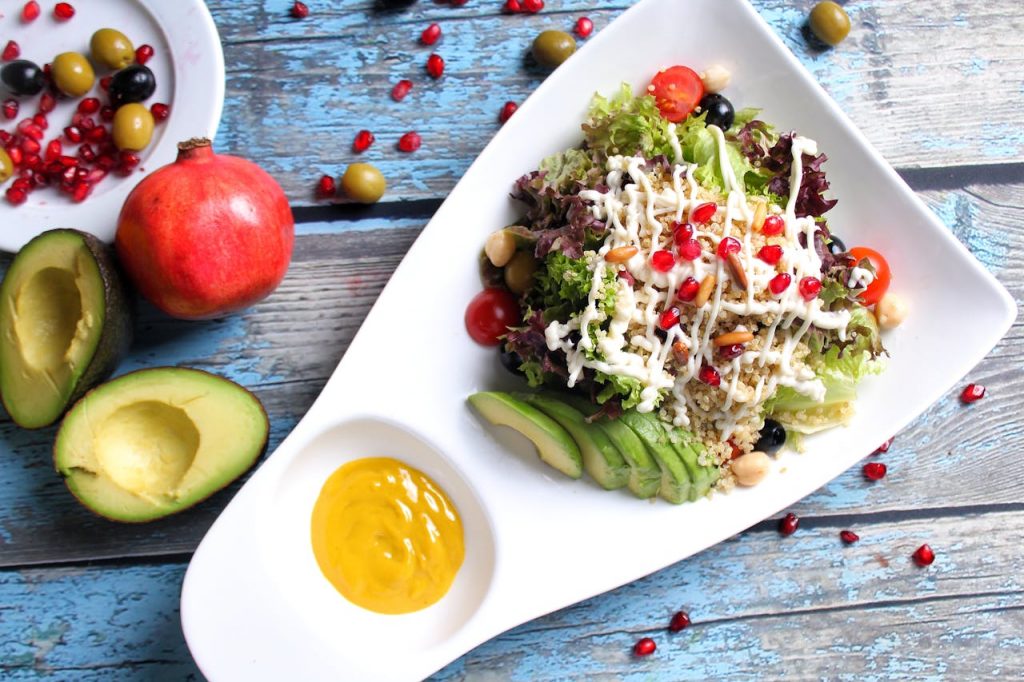
Unlocking the Power of Protein: A Culinary Guide to Cooking Protein-Rich Meals
Protein, often hailed as the building block of life, plays a pivotal role in maintaining and repairing tissues, boosting metabolism, and supporting overall health. Incorporating protein-rich foods into our diet is essential, and what better way to do it than by exploring the art of cooking protein-packed meals that are not only nutritious but also delicious. In this culinary journey, we’ll delve into the significance of protein, highlight some healthy ingredients, and share mouthwatering recipes to elevate your protein intake.
Understanding the Importance of Protein in the Diet
Before we embark on our culinary adventure, let’s briefly understand why protein is a crucial component of a healthy diet. Proteins are made up of amino acids, often referred to as the “building blocks” of the body. These amino acids play a vital role in various bodily functions, including the formation of muscles, enzymes, hormones, and immune system components.

Consuming an adequate amount of protein supports muscle growth and repair, aids in weight management by promoting a feeling of fullness, and helps regulate blood sugar levels. Additionally, protein-rich foods contribute to healthy skin, hair, and nails. Thus, incorporating protein into our meals is not just a matter of taste; it’s a fundamental aspect of maintaining optimal health.
Lean Proteins: A Healthy Foundation for Your Meals
When it comes to cooking protein, opting for lean sources ensures that you’re getting the benefits without excess saturated fats. Poultry, such as skinless chicken and turkey, is an excellent choice. These meats are versatile and can be grilled, baked, or sautéed, providing a high-quality protein base for various dishes.
Fish, particularly fatty fish like salmon and mackerel, is rich in omega-3 fatty acids and protein. Baking or grilling fish preserves its nutritional value while imparting a delicious flavor. Plant-based sources like tofu and tempeh are not only high in protein but also offer additional nutrients like iron and calcium. Including these lean proteins in your diet ensures a balanced and nutritious approach to meeting your protein requirements.
Quinoa: A Plant-Based Protein Powerhouse
Enter the realm of superfoods, and you’ll encounter quinoa – a versatile and nutrient-dense grain that stands out for its protein content. Unlike other grains, quinoa contains all nine essential amino acids, making it a complete protein source. Its mild, nutty flavor and fluffy texture make it an ideal ingredient for salads, bowls, and as a side dish.

To cook quinoa, rinse it thoroughly to remove its natural coating, which can impart bitterness. Combine one part quinoa with two parts water or broth, bring to a boil, then simmer until the liquid is absorbed. Use quinoa as a base for colorful salads with a variety of vegetables, herbs, and a light vinaigrette for a protein-packed, satisfying meal.
Eggs: A Breakfast Essential and Beyond
Eggs are a nutritional powerhouse, providing an excellent source of high-quality protein. Beyond their breakfast appeal, eggs can be incorporated into various dishes, from omelets and frittatas to salads and sandwiches. The versatility of eggs extends to both their preparation and flavor pairing.
Hard-boiled eggs make for convenient, portable snacks, while poached eggs add richness to salads or grain bowls. Incorporating eggs into your meals not only enhances the protein content but also provides essential nutrients such as choline, vitamin D, and B vitamins. For a quick and nutritious breakfast, consider whipping up a veggie-packed omelet or a protein-rich scramble.
Legumes: Plant-Powered Protein Goodness
For those adopting a vegetarian or vegan lifestyle, legumes are a go-to source of plant-based protein. Beans, lentils, and chickpeas are not only rich in protein but also high in fiber, promoting digestive health and providing a sustained feeling of fullness.
Create a hearty and protein-packed chili by combining black beans, kidney beans, and lean ground turkey or tofu. Lentil soups, chickpea curries, and bean salads are excellent options for incorporating legumes into your diet. Their versatility allows for a myriad of flavorful creations that cater to various tastes and dietary preferences.
Greek Yogurt: A Creamy Protein Delight
Move over, regular yogurt – Greek yogurt takes center stage in the world of protein-packed dairy. With a thicker consistency and higher protein content, Greek yogurt makes for an excellent base in smoothies, parfaits, or even as a standalone snack.
To add a protein boost to your morning routine, top Greek yogurt with fresh fruits, nuts, and a drizzle of honey. Alternatively, blend it into a smoothie with your favorite fruits and a scoop of protein powder for an energizing and satisfying drink. Greek yogurt’s versatility and rich texture make it a delightful addition to both sweet and savory dishes.

Conclusion: Elevate Your Culinary Journey with Protein-Rich Delights
In the realm of culinary exploration, cooking protein-rich meals opens up a world of possibilities for both taste buds and overall well-being. From lean meats and plant-based proteins to nutrient-dense grains and dairy delights, the options are vast and varied. As you embark on this journey, remember that the key is not just in consuming protein but in savoring the diverse and delicious ways it can be prepared. So, whether you’re crafting a quinoa salad, experimenting with plant-based proteins, or savoring a protein-packed omelet, let the joy of cooking protein be a celebration of both health and gastronomic delight.